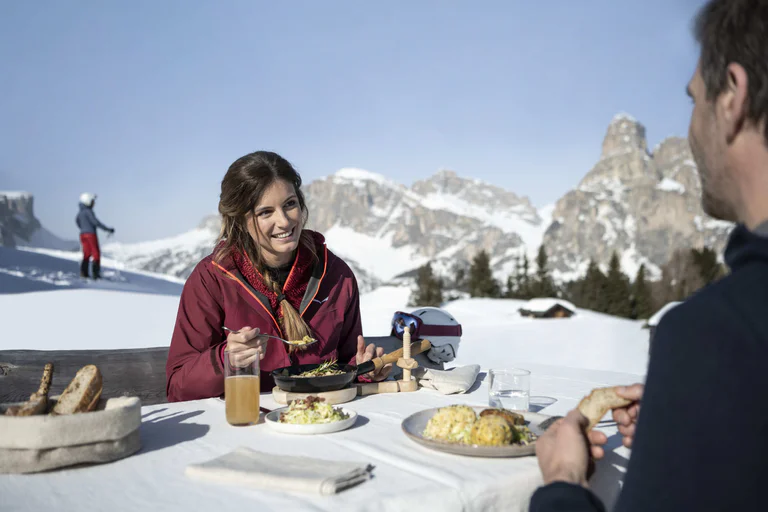Although the first reference to a church consecrated to St. Magdalena appeared in a letter of indulgence dating to the year 1273, the origins of the chapel would appear to stretch even further back in time. The chapel as we know it today was built around 1480/1481 by the Schneeberg/Monteneve miners. The centrepiece of the chapel is the late-gothic winged altar, created in the workshop of Matheis Stöberl in 1509 and depicting scenes from the life of Saint Magdalena together with a number of other saints considered to be patron saints of miners. The second altar, attributed to artist Hans Harder and dated ca. 1470, is also worthy of note. Other works date back to the late Gothic and Baroque periods. In 2004, the church underwent extensive renovations. The altar and ambo were created by Hartmut Hintner of the Gsies/ Casies Valley in 2005.
From the beginning of May to the beginning of November, a guided tour in German and Italian takes place in the miners' chapel every Monday from 4.00 pm to 5.00 pm. In July and August, there is also a guided tour every Friday from 10.30 am to 11.30 am.
The guided tour is free of charge. No registration required.






















































































